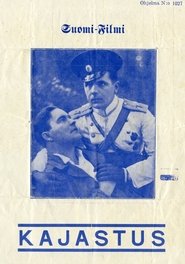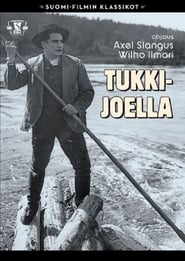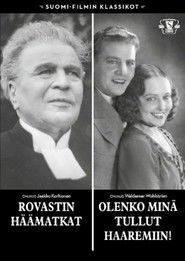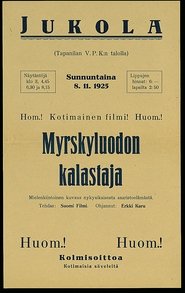detail profile agnes lindh
Peran Yang Di Mainkan Agnes Lindh
 A historical drama depicting the Finnish...
A historical drama depicting the Finnish...Kajastus 1930
A historical drama depicting the Finnish struggle against Tsarist Russia. Opens at the Winter Palace in St. Petersburg in February 1899. Tsar Nicholas II signs the February Manifesto, the purpose of which is to abolish Finnish self-government. An act that arouse widespread opposition in Finland.
 Tukkijoella Log River 1928 Films of this...
Tukkijoella Log River 1928 Films of this...Tukkijoella 1928
“Tukkijoella” (Log River – 1928). Films of this genre gave the Finnish cinema and the viewing public one of its most popular characters – the lumberjack (tukkijatka, tukkipoika, tukkilainen) who at his most heroic hour becomes the log-roller or the shooter of rapids (koskenlaskija). The significance of this character in Finnish film is comparable to that of the Cowboy on American cinema. He is the pioneer, the wanderer, the adventurer. He negotiates the frontier, he is an embodiment of the conflict between wilderness and civilization.
 Niilo a son of a rich...
Niilo a son of a rich...Murtovarkaus 1926
Niilo, a son of a rich estate owner, is in love with a poor crofter's adopted daughter Heleena. However, on his father's orders, Niilo instead becomes engaged to Loviisa, a daughter of a wealthy landowner. When Niilo wants to call off the engagement, his proud and rejected bride begins to interfere with the lovers' relationship with the help of Penttula, who is said to be able to perform miracles.

 A woman on vacation is mistaken...
A woman on vacation is mistaken...
 Fisherman Eerik Storm is in danger...
Fisherman Eerik Storm is in danger...